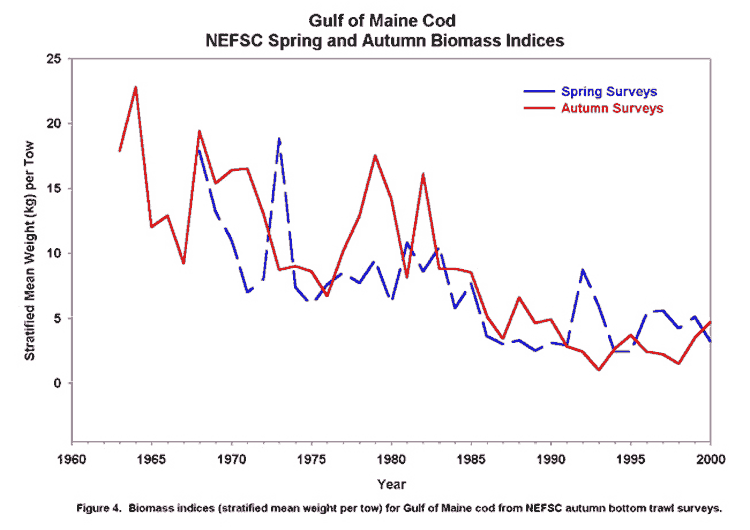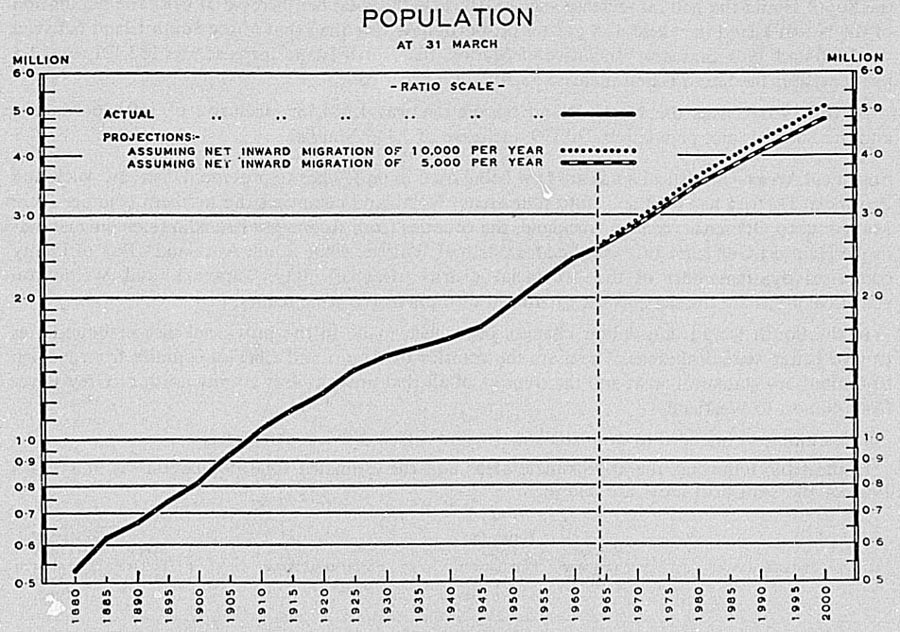A Sharpe Ratio Summary Workshop November 28 2000
Post on: 14 Май, 2015 No Comment

By Todd Beaird (TMF Synchronicity)
November 28, 2000
It’s gone on far too long, been drawn out over issue after issue. but finally, this week, it’s going to end. That’s right, this is our last article on the Sharpe Ratio.
If you’ve been distracted by other things (are there any other big news stories these days?), the Sharpe Ratio is a measure that compares the return on an investment to that investment’s risk. The higher the Sharpe Ratio, the better.
The Sharpe Ratio is calculated by comparing the returns of an investment strategy to a risk-free investment. (U.S. Treasuries or other items backed by the U.S. government are usually used as the risk-free investment. We might not know who the next president will be, but the U.S. will still pay its bills.)
Divide the average of the excess returns (the returns generated by the strategy minus the risk-free return) by the standard deviation of the returns. (In the Workshop we use the geometric standard deviation as the proper measure of standard deviation when using the CAGR .) Here’s the formula:
S = (CAGR — RFR)/GSD
How could someone use the Sharpe Ratio? It’s a way to level the playing field. The Sharpe Ratio lets you compare the risk/reward profiles of different types of strategies. Instead of trying to figure out if an expected return of 20% and a standard deviation of 15% is better than an expected return of 25% with a standard deviation of 20%, you just pick the one with the highest Sharpe Ratio.
So, what’s wrong with the Sharpe Ratio? Well, several things. First, it is calculated from historical returns. As we all know, past performance is no guarantee of future results. When you use the Sharpe Ratio to choose between strategies, you are only looking at past performance. It might be a more complete picture than just looking at past returns, but you are still using history to predict the future.
Second, the Sharpe Ratio can change dramatically depending on the time period used. The Sharpe Ratio is normally calculated by taking the average annual returns of an investment strategy and comparing them to a risk-free investment. We recommend that you only invest money in the market that you won’t need for at least five years. If you have a five-plus year timeframe for your investments, the annual return Sharpe Ratio isn’t right for you. In effect it will overstate the volatility.
There are some other problems with the Sharpe Ratio. In no particular order:
A) The risk-free rate of return: The Sharpe Ratio calculation assumes that you can always invest and borrow at the risk-free rate. This is fine if you want to blend your risky strategy with T-bills, because we all can invest in U.S. Treasuries. But, what if you want to leverage a strategy (invest using borrowed funds)? How many of us can borrow at the risk-free rate? Right now the risk-free rate of return is a bit more than 6%. I haven’t seen that offered by any brokerages.
If you are thinking of leveraging a strategy, you need to apply the interest rate at which you can borrow. This can change your Sharpe Ratio considerably. If you can make 10% per year on your stock investments, borrowing at an 8% rate is good, but borrowing at 12% will wreck your account.

B) Rebalancing, reserves, and volatility: The Sharpe Ratio assumes that you can maintain a constant amount of leverage (or a constant percentage invested in risk-free items). Real life is not so easy.
For example, let’s say that, on September 1, you purchased S&P Depositary Receipts (AMEX: SPY). on 50% margin. By November 22, your investment would be down about 13% and you’d need to pony up some cash to get back to 50% margin.
To maintain a constant amount of leverage, you will need to keep a cash reserve and a careful eye on your investment. As Fools, we like to keep cash for emergencies like a car crash, not a market crash. We would rather put that money to work. But, imagine being faced with a day like October 19, 1987, when the market dropped more than 20% in one day! Strange events (is anything unusual going on now?) happen more often than you’d expect. Being on margin during one of those unsettled times can be deadly.
All-in-all, I like the Sharpe Ratio and find it useful, but it’s not the answer to the problems of measuring or reducing risk. In closing I’d like to thank the many people from the Foolish Workshop board who have helped me learn about the Sharpe Ratio.
I’ll again urge you all to join us on the Foolish Workshop discussion board. where you can learn from dozens of contributors (for example, an excellent thread regarding the Sharpe Ratio can be found here ). They truly keep our community going. Hope to see you here next week — same Fool time, same Fool channel.














